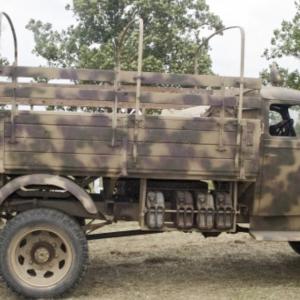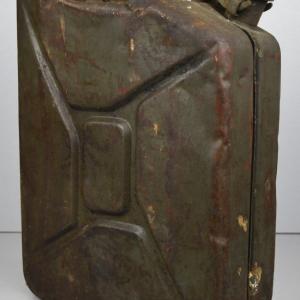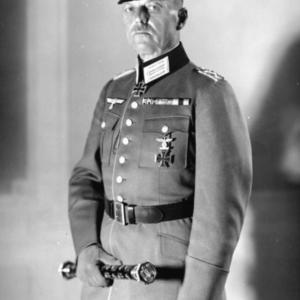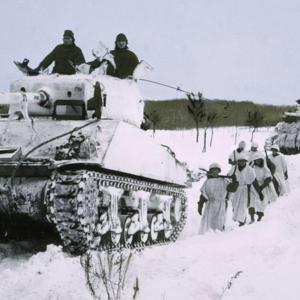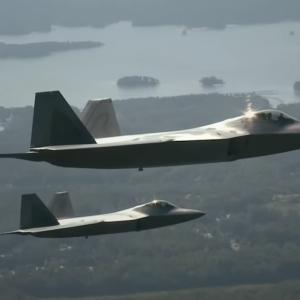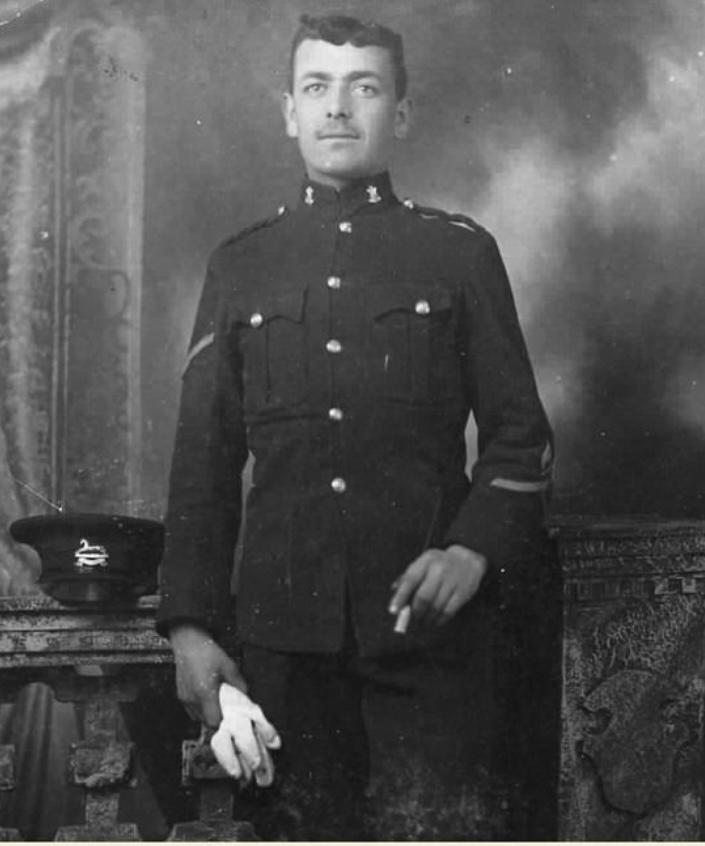
On this day in military history…
On the morning of October 18, 1916, Private Harry Farr of the British Army was executed by firing squad in Carnoy, France. His death, one among hundreds during the First World War, was a stark reminder of the rigid military discipline and the grim measures employed by the British Army during one of the most harrowing conflicts in modern history. Farr was just 25 years old when he was put to death for cowardice, a charge that would cast a long shadow over his legacy for nearly a century.
Harry Farr was born in London in 1891 and enlisted in the army before the war. He served with the 1st Battalion of the West Yorkshire Regiment. Like many soldiers of his time, Farr experienced the horrors of trench warfare on the Western Front. In 1915, during the Battle of Neuve Chapelle, Farr was caught in heavy shellfire and suffered what would now be recognised as severe shell shock — a condition poorly understood at the time. Shell shock, an early term for what is now known as post-traumatic stress disorder (PTSD), was frequently dismissed as cowardice or malingering by military authorities.
Farr's medical history was extensive. He was hospitalised several times for neurological symptoms, including tremors, loss of speech, and breakdowns. A medical board noted his physical condition as weak and nervous, but he was nonetheless returned to active duty. At a time when psychological wounds were not acknowledged with the seriousness they deserved, Farr’s suffering was treated with suspicion rather than compassion.
In September 1916, Farr reportedly refused to return to the front line at the Somme, saying he could no longer cope. He was arrested and charged with cowardice under the Army Act. His court-martial was swift and lacked proper legal representation. He was tried without a defence counsel and had no opportunity to present medical evidence about his mental condition. Despite the clear indications that he was mentally unfit for duty, the military authorities found him guilty.
The decision to execute Farr came at a time when the British Army was determined to maintain strict discipline among its ranks. The Battle of the Somme had taken a devastating toll on British forces, and the high command believed that harsh punishments, including executions, were necessary to deter desertion and insubordination. Farr's execution order was confirmed by General Sir Douglas Haig, the Commander-in-Chief of the British Expeditionary Force. Haig was known for his rigid views on discipline and routinely approved such sentences, often without closely examining the individual circumstances.
On the morning of his execution, Farr was led from his cell to a secluded spot behind the trenches near Carnoy. He was tied to a post and shot by a firing squad composed of fellow British soldiers. No public announcement was made at the time, and his family was informed only that he had died in action. His wife, Gertrude, and their young daughter, Gertie, were left without explanation or support, carrying the social stigma that came with his supposed disgrace.
Harry Farr was one of 306 British and Commonwealth soldiers executed during World War I for military offences including desertion, cowardice, and disobedience. Of these, many were believed to be suffering from psychological trauma. Unlike officers, who often had greater access to medical care and legal defence, enlisted men like Farr had little chance of a fair hearing. The executions were conducted under strict secrecy, and the stigma endured long after the war ended.
For decades, the families of these men campaigned for their names to be cleared. They argued that the soldiers were victims of a brutal and outdated system that failed to recognise the effects of modern warfare on the human mind. After years of petitions, public debate, and historical research, justice was finally served. In August 2006, the British government announced a blanket pardon for the 306 soldiers executed during World War I. Then-Defence Secretary Des Browne acknowledged that the men had been victims of a harsh and unforgiving military code, and that their suffering should be remembered with understanding, not condemnation.
Harry Farr's story became one of the most widely known among the executed soldiers, thanks to the tireless efforts of his family to clear his name. His case came to symbolise the tragic human cost of war, not only on the battlefield but within the systems meant to manage and discipline soldiers. Today, his name appears on the Shot at Dawn memorial at the National Memorial Arboretum in Staffordshire, where a statue of a blindfolded soldier stands in remembrance of those who were executed not for lack of bravery, but for suffering that their commanders failed to understand.

